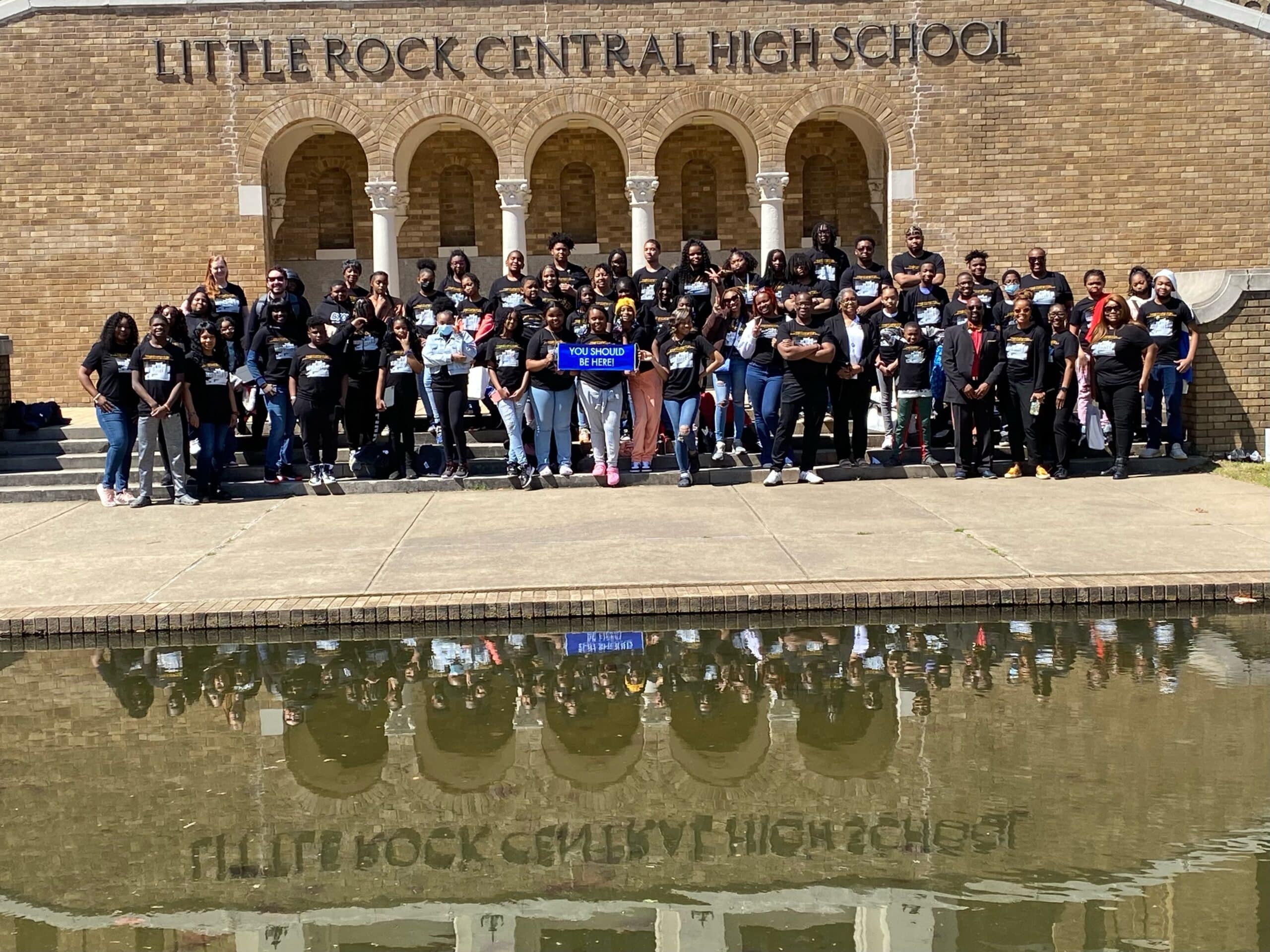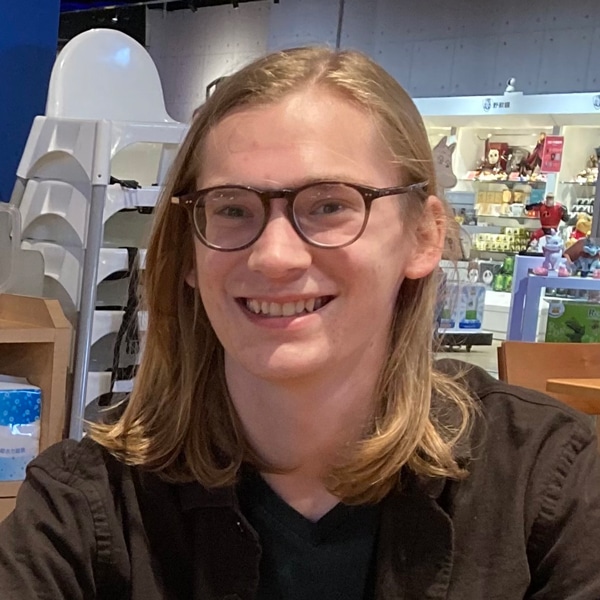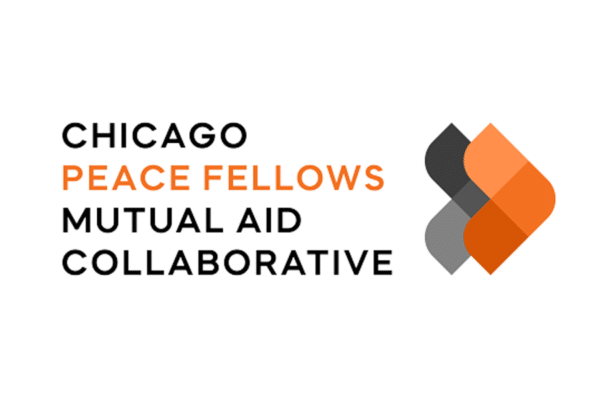Students Visit Little Rock to Explore the Civil Rights Movement
On March 28, the LUV Institute arranged for 60 middle and high school students to travel to Little Rock, Arkansas, to learn about the Little Rock Nine, the group of nine Black students who enrolled at the formerly all-white Central High School in Little Rock, Arkansas, in 1957. The Love, Unity & Values (LUV) Institute has been working with underserved youth since 2012 to inspire hope and empower them with economic opportunities while building resiliency and social-emotional competencies. Cosette Nazon-Wilburn, Executive Director of the LUV Institute and a 2020 Chicago Peace Fellow, formed partnerships between the LUV Institute, local schools, the Illinois State Board of Education (ISBE), and a community of teachers to facilitate the trip.
Students at University of Chicago Charter School and Ariel Community Academy participated as a part of LUV Institute’s bi-weekly Media Empowerment Program. LUV was able to expand the program this year through funding from the ISBE’s Phillip Jackson Freedom Schools Grant. The LUV Institute has held Journey to My Better Self programs for the past eight years, but this is the first year that the program has included an out of state trip. The programs prepare youth and young adults ages 16-24 to be job-ready for economically sustainable employment in high-growth industries and occupations. The Media Empowerment Program focuses on training students in journalism and storytelling.
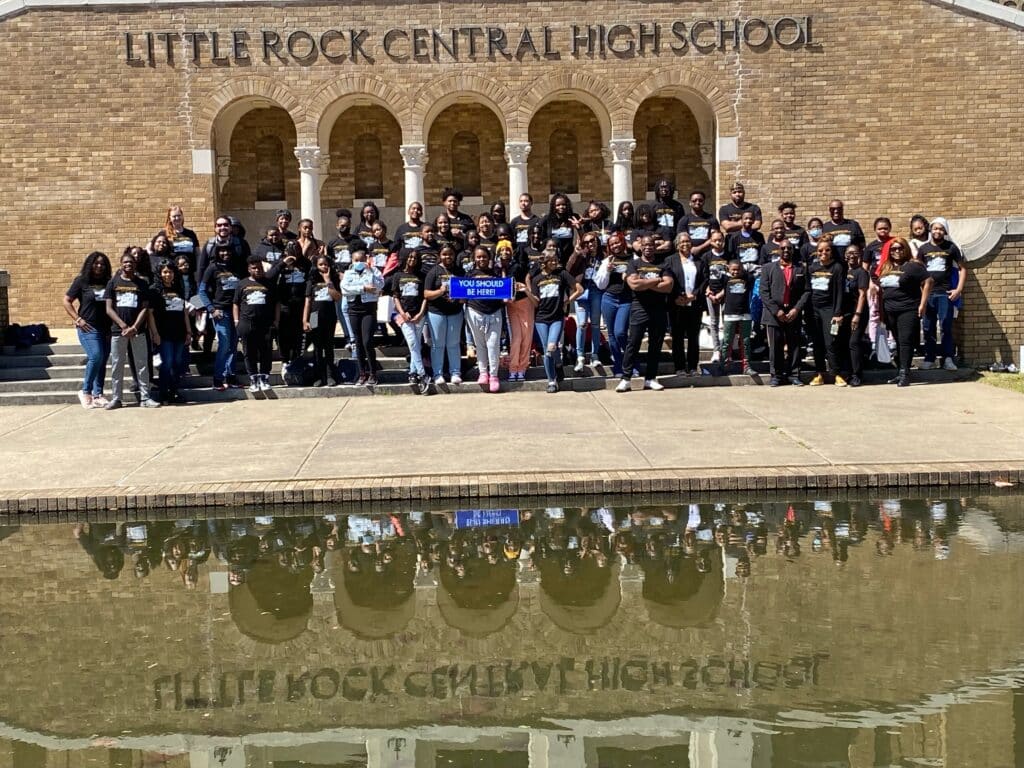
The LUV Institute also hired teachers from University of Chicago Charter School and Ariel Community Academy with funding from theFreedom Schools Grant. The grant is intended to fund a Freedom Schools network, offering a research-based, multicultural curriculum during the summer and/or school year to improve outcomes for low-income students. This funding allowed the LUV Institute to pay particular attention to hiring teachers from neighborhood schools to take part in the program. Each teacher was paid $60 an hour, which is higher than what teachers are usually paid to work for afterschool programs. By hiring neighborhood teachers, the LUV Institute not only contributed to the community of teachers but also invested in the schools they teach in. Teachers, deans, and administrators also learned restorative practices, which provided them with tools to improve their classrooms.
Leading up to the trip to Little Rock, the LUV Institute taught a six-week course on the Civil Rights Movement. The curriculum for the program aimed to teach students how to tell stories under the lens of racial healing and grasp the idea of looking at history as a way forward. The curriculum was provided by nonprofit Facing History and Ourselves, and was designed to create a pathway for young people to explore Little Rock Nine narratives within their own lives. One of the books offered as part of the curriculum is ”Warriors Don’t Cry: A Searing Memoir of the Battle to Integrate Little Rock’s Central High” by Melba Patillo Beals, one of the Little Rock Nine. “Warriors Don’t Cry” emphasizes the role media played in theLittle Rock Nine and the Civil Rights Movement as a whole, making it a strong tie-in to the program. Students were also provided with iPads to document their experiences and participate in the curriculum.
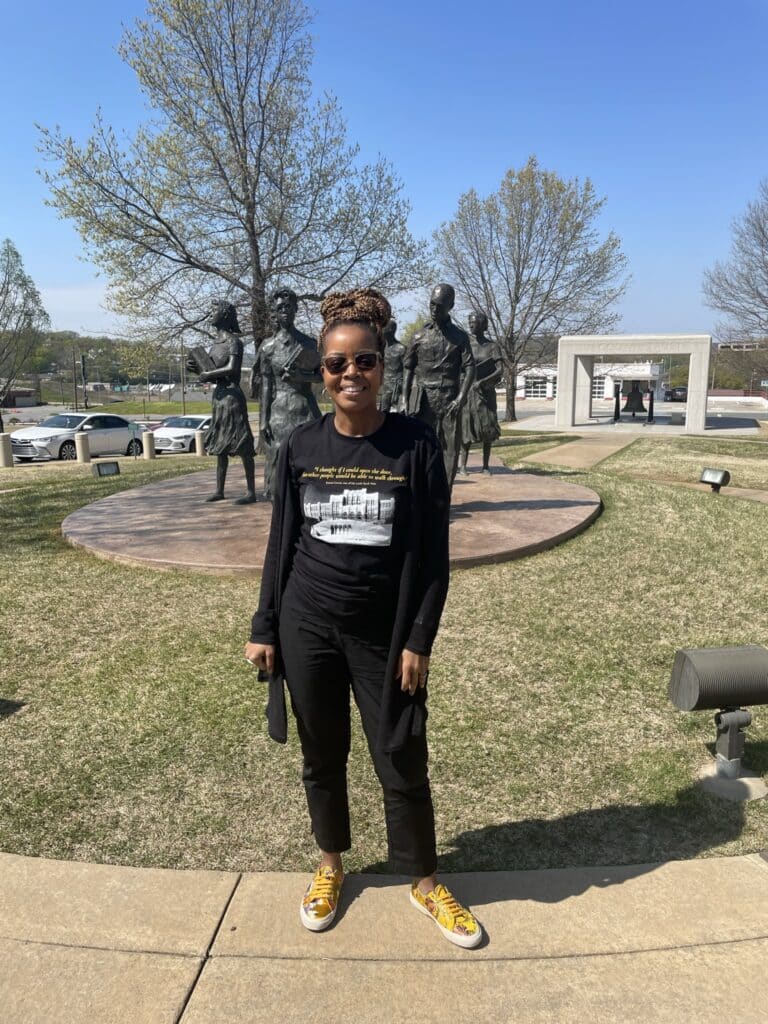
There was an additional layer of opportunity for high school students who took part in the program as they received leadership training and served as mentors for the middle school students. Both high school and middle school students took the course side-by-side to learn history and create their own narratives. All of the high school students who participated attend University of Chicago Charter School in Woodlawn. The next phase of their project is to create a mosaic that will be at the school and serve as a reminder of their experience.
When it came time to visit Little Rock, the students had a full day of activities, visiting Little Rock Central High, the Arkansas Capitol building, as well as various memorials. Central High is now a National Historic Site and students were able to visit a memorial park, the historic Mobil/Magnolia gas station, and the visitor center. On their trip, students watched a documentary about the Little Rock Nine and also got a chance to see memorabilia and purchase souvenirs. The trip included a visit to the Arkansas Capitol Building, which features a statue of every member of the Little Rock Nine, as well as quotes from them.
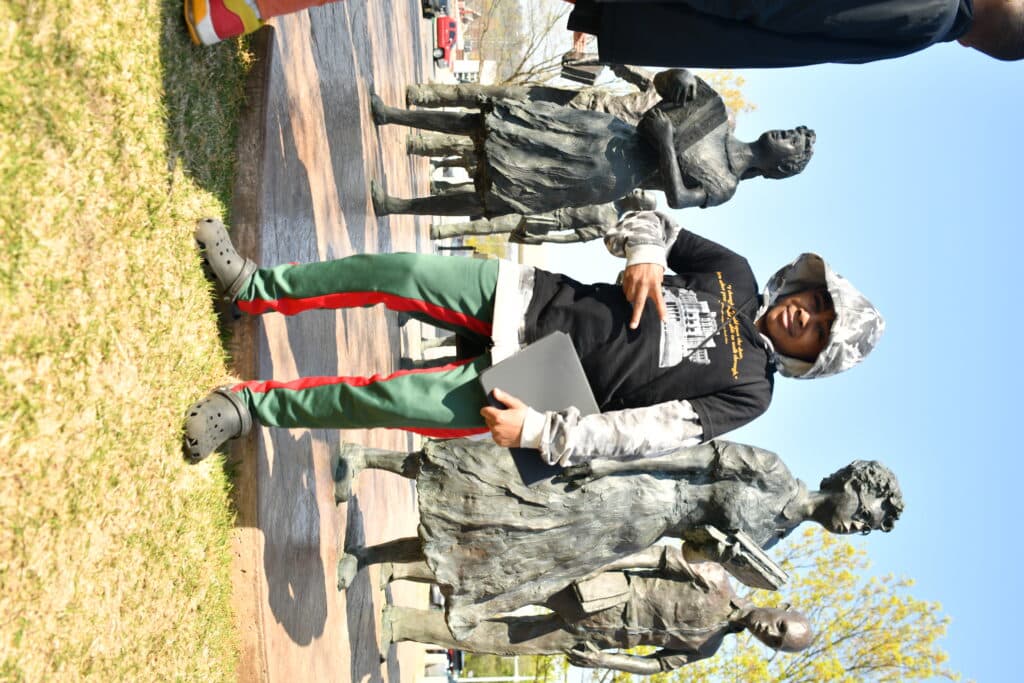
The visit to Central High revealed the resources offered by the school's campus and how the diversity of the school has advanced since the integration of the Little Rock Nine. They met with two assistant principals from Central High who provided updates on the current status of the school. The assistant principals emphasized the diversity of Central High, which now accommodates students internationally who speak over 30 languages. Today, young people all over the world attend Central High, since it is a large school with the resources to support a diverse student body.
As students visited Central High and other historical sites related to the Little Rock Nine, they reflected on their own experiences and the current opportunities they have to address social injustice. Cosette emphasizes that the trip was intended to have the students ask, “What are the Little Rock Nine situations in my life? What have my parents and grandparents had to do? And when have I had to stand up to injustice?”
Visiting Little Rock will hopefully inspire ongoing leadership within the students. By focusing on the Little Rock Nine, who were kids between the ages of 14-16 when they transferred schools, the curriculum focuses on young peoples’ capacity to be change makers.
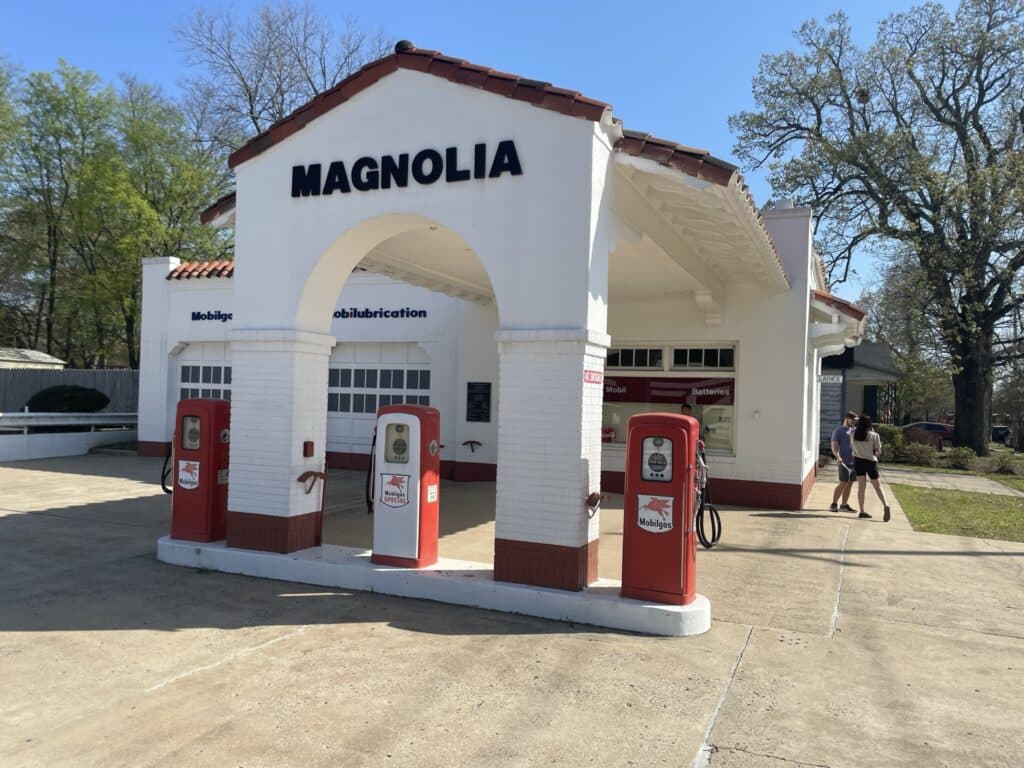
Opportunities for reflection were extended to the families of students. One of the adult chaperone’s is the grandmother of one of the children in the program. She stood on the street in front of Central High and provided testimony of what happened when the Little Rock Nine were escorted into the school by the National Guard. She noted how the neighborhood around Central High used to be an entirely white neighborhood and has now become a Black neighborhood. She also talked about how the Little Rock Nine saw Central High School as an opportunity for educational advancement. Central is a large high school close in size to a college campus, which was a stark contrast to the much smaller all-Black Horace Mann High School that was built during the same period.
Following their visit to Little Rock, the students’ experience of the trip will be used to tell their own stories. They used their iPads to create narratives about their trip. A documentarian accompanied them and will work with the students to combine their narratives and footage to create a documentary. Through connecting with history and actively applying it to their lived experiences, the students will see the importance of telling their own stories and engaging with their community.
Illuminating the Pathway to Racial Justice in Philanthropy
The Chicago Peace Fellows Mutual Aid Collaborative held a press conference on the anniversary of the assassination of Malcolm X to amplify the themes of their open letter, A Pathway to Anti-Racist Philanthropy. The Mutual Aid Collaborative members are all Alumni of the Chicago Peace Fellows program -- now 60 members strong across the South and West Sides -- who joined forces through the Collaborative as an ongoing platform for shared learning and collaboration.
During this interactive press conference, Collective members La'Keisha Gray-Sewell, David Gonzalez, Cosette Nazon-Wilburn, Victoria Brady, Gloria Smith and Annamaria Leon shared the core elements of the Funders Pledge, outlining critical steps that philanthropic leaders can take immediately to promote racial justice in funding.
Chicago Peace Fellows Mutual Aid Collaborative was born in 2020 to address the enduring legacy of racial injustice that has been laid bare by the disproportionate impact of the twin pandemics of violence and COVID-19 on our communities on the South and West sides of Chicago.
During the press conference, Fellows shared insights into how their Mutual Aid Collaborative can be an illustrative model for philanthropy to consider on their path to racial justice in funding. In particilar, the Collaborative uses a "pooled fund" approach where those closest to the issues make collective decisions, share their gifts and assets, and take collective action on priorities that are set by the communities they serve.
This powerful call for Racial Justice was echoed in an article in the Chicago Sun Times entitled Chicago philanthropies urged to sign pledge to ‘rectify racial inequity’ in their giving, featured in a news report on WBBM NewsRadio, and published as an op-ed in Crain's Chicago Business.
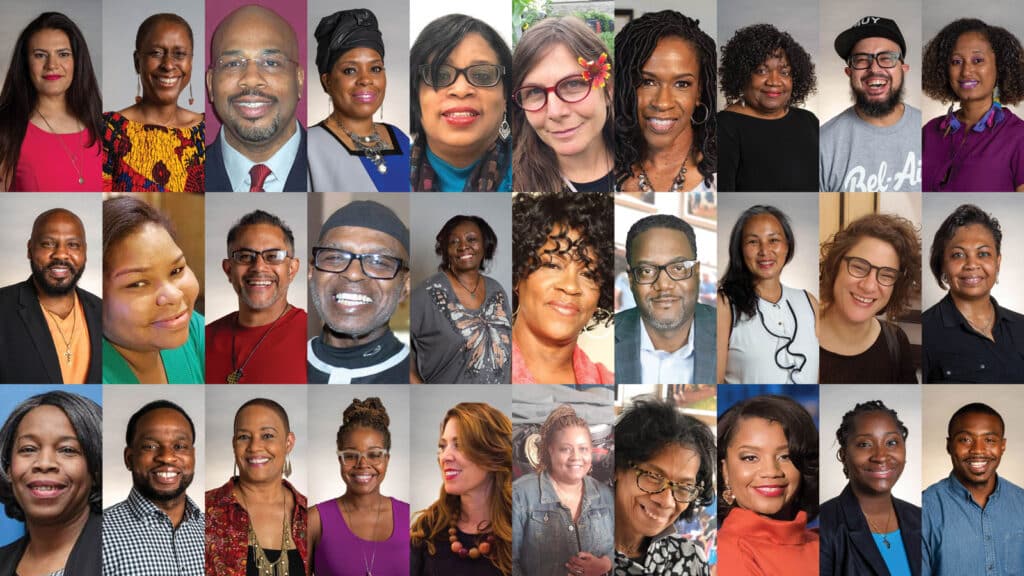
All Foundations, corporations, donors or aligned organizations that are willing to pledge to stand up for racial equity are invited to connect by completing this short form:
CONNECT WITH US
If you have questions or suggestions, please connect with us at funderspledge@goldininstitute.org or at (312) 951-1691.
